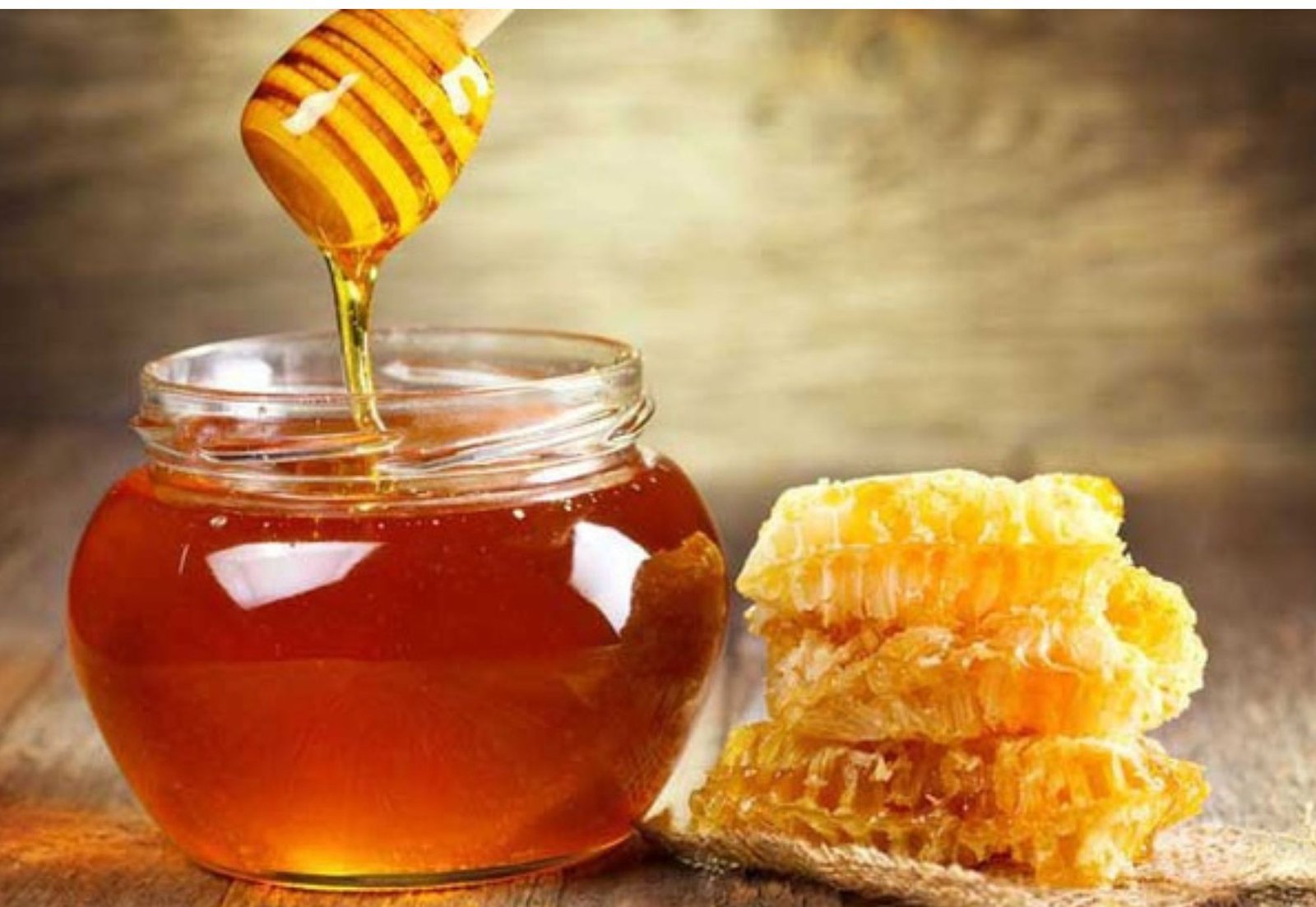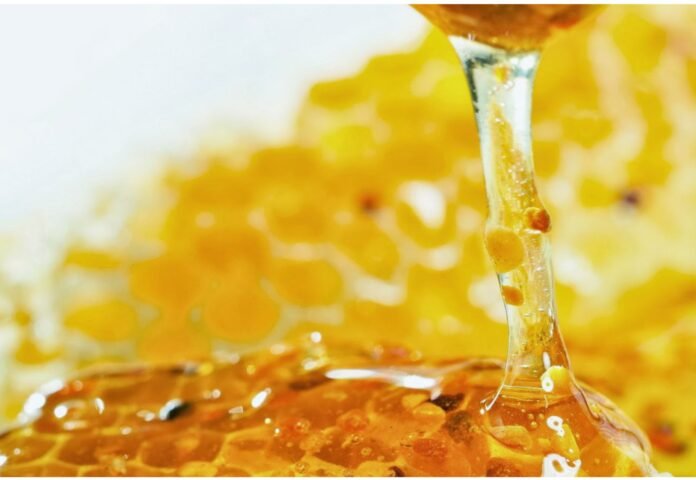Raising bees is a delicate and rewarding process that typically involves outdoor hives and a deep understanding of bee behavior. However, the idea of raising bees in a refrigerator is an unconventional and imaginative concept, pushing the boundaries of traditional beekeeping. This guide, while playful and surreal, explores the idea in a metaphorical sense, focusing on the importance of the environment, care, and the symbiotic relationship between humans and bees.
1. Understanding the Concept: Why a Refrigerator?
Before diving into the step-by-step process, it’s important to understand the symbolism behind raising bees in a refrigerator. The refrigerator, in this context, represents a controlled environment, a place where external factors like temperature, humidity, and light can be managed meticulously. It also symbolizes the preservation of nature in a modern, artificial world. This guide challenges the reader to think about how nature and technology can coexist harmoniously.

Link Domain https://lawadvisors.pamshion.net
2. Preparing the Refrigerator: Creating a Suitable Environment
To successfully raise bees in a refrigerator, you must first transform the cold, sterile environment into a space that mimics the natural habitat of bees.
a. Adjusting Temperature and Humidity
Bees thrive in warm environments with consistent temperatures between 32°C and 35°C (89.6°F to 95°F). To achieve this in a refrigerator, you’ll need to install a specialized heating system that can maintain this warmth. Additionally, bees require a specific humidity level of around 50-70%, which can be managed using a humidifier and moisture sensors.
b. Lighting
Bees are diurnal creatures that rely on natural sunlight to regulate their activities. In your refrigerator setup, install full-spectrum LED lights that simulate natural daylight. Set these lights on a timer to mimic the day-night cycle, ensuring the bees can maintain their regular routines.
c. Airflow
Proper ventilation is crucial in your refrigerator hive. Bees need fresh air, but the environment must also be sealed enough to maintain the internal conditions. Install a small fan system that circulates air without causing a draft, ensuring that the bees have enough oxygen while keeping the temperature and humidity stable.
3. Setting Up the Hive: Building a Home for Your Bees
Now that the refrigerator is prepped, it’s time to set up the hive. The hive is where your bees will live, work, and produce honey.

a. Choosing the Right Hive Structure
Opt for a top-bar hive or a Langstroth hive that fits within the refrigerator’s dimensions. These hives are modular and allow you to monitor the bees easily. The hive should be made of natural materials like untreated wood to create a familiar environment for the bees.
b. Installing the Hive
Place the hive in the refrigerator, ensuring it’s stable and accessible for both the bees and the beekeeper. Attach the hive securely to prevent any movement that could disturb the bees. The hive entrance should be aligned with the airflow system to facilitate easy ventilation.
c. Adding Bees to the Hive
Introducing bees to their new home in the refrigerator is a delicate process. Transfer a colony of bees, including a queen, from a traditional hive into the refrigerator hive. The queen is crucial, as she is the heart of the colony. Make sure to do this transfer during a warm period to minimize stress on the bees.
4. Feeding the Bees: Ensuring Proper Nutrition
In the wild, bees gather nectar and pollen from flowers, but in a refrigerator, you’ll need to provide them with an alternative food source.
a. Sugar Syrup
Prepare a 1:1 sugar-to-water syrup to feed your bees. This syrup mimics the natural nectar they would collect from flowers. Place the syrup in a feeder inside the refrigerator hive, ensuring it’s always available to the bees.
b. Pollen Substitute
Bees also require protein from pollen to thrive. Provide a pollen substitute, available at beekeeping supply stores, to ensure your bees receive the necessary nutrients. Place this substitute near the sugar syrup feeder for easy access.
5. Monitoring and Maintenance: Keeping the Hive Healthy
Maintaining a healthy hive in a refrigerator requires regular monitoring and care.
a. Regular Inspections
Inspect the hive weekly to check on the bees’ health, the queen’s condition, and honey production. Look for signs of stress, disease, or pests, and address any issues immediately. The controlled environment of the refrigerator makes it easier to spot and manage these problems early.
b. Adjusting Environmental Controls
Regularly monitor the temperature, humidity, and lighting settings. Make adjustments as needed to keep the conditions optimal for the bees. Consider using smart sensors and a connected app to receive real-time updates on the hive’s environment.
c. Honey Harvesting
When the bees have filled the hive with honey, it’s time to harvest. Carefully remove the honeycomb, ensuring you leave enough honey for the bees to sustain themselves. Use a honey extractor to separate the honey from the comb, and store it in clean, airtight containers.
6. Ethical Considerations: Reflecting on the Process
While the concept of raising bees in a refrigerator is intriguing, it also raises ethical questions. Bees are complex creatures with specific needs that are best met in their natural environment. This guide serves as a metaphor for the importance of creating spaces that respect and nurture natural processes, even in a controlled, artificial world.

external link https://jetluxury.techarmz.com/evolution-of-modern-art.html
7. Conclusion: The Balance Between Nature and Innovation
Raising bees in a refrigerator is a thought-provoking concept that challenges traditional beekeeping methods. It encourages us to think about how we can use technology to create environments that support and preserve natural life. While this guide is more of a creative exercise than a practical solution, it highlights the delicate balance between nature and human innovation. In the end, the goal is to foster a deeper appreciation for bees and the vital role they play in our ecosystem.
In real life, beekeeping should always prioritize the well-being of the bees, and any innovations in their care should be done with a deep respect for their natural behaviors and needs. Whether you’re keeping bees in a garden hive or simply enjoying their honey, remember that these incredible creatures are essential to our world, deserving of our care and protection.
